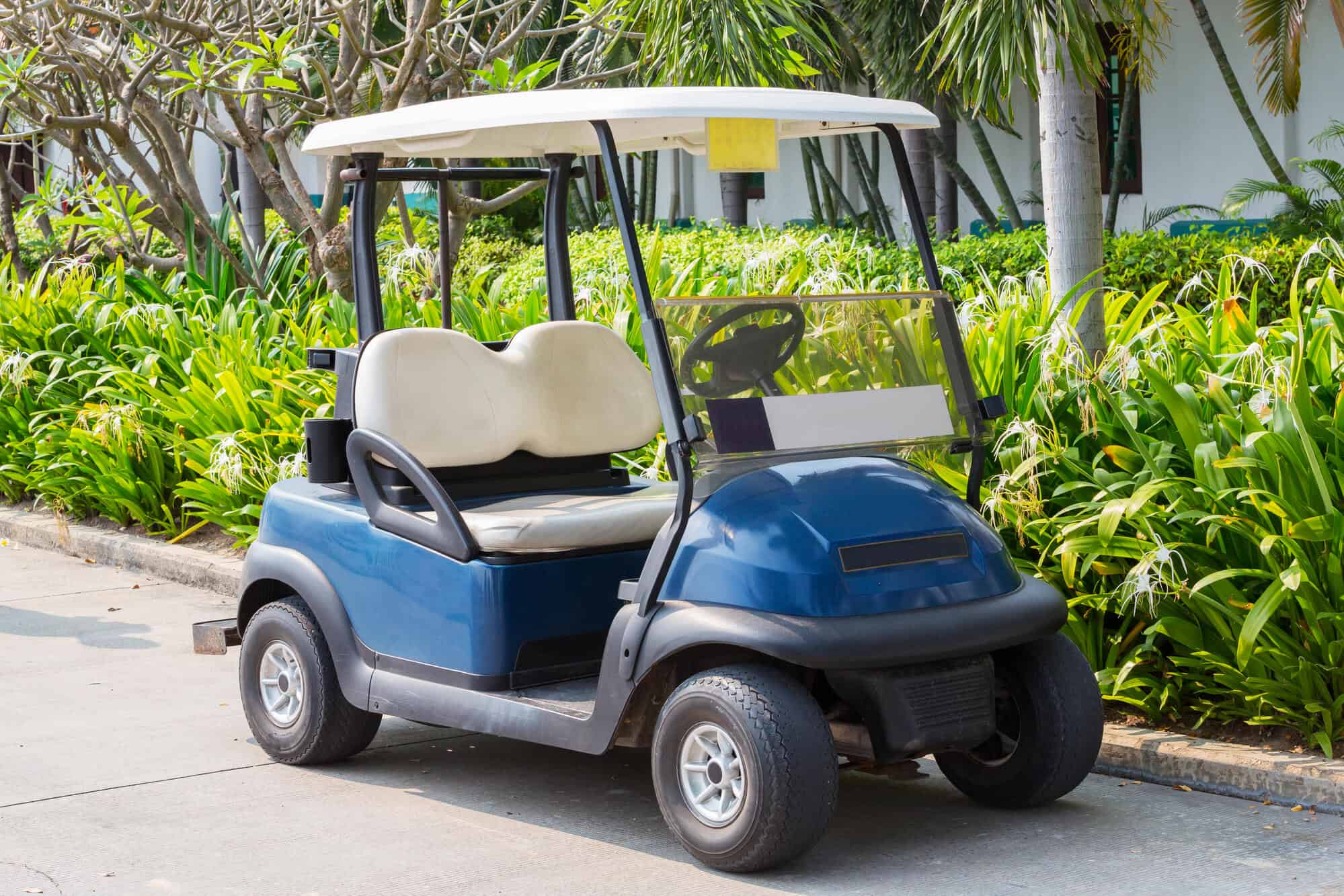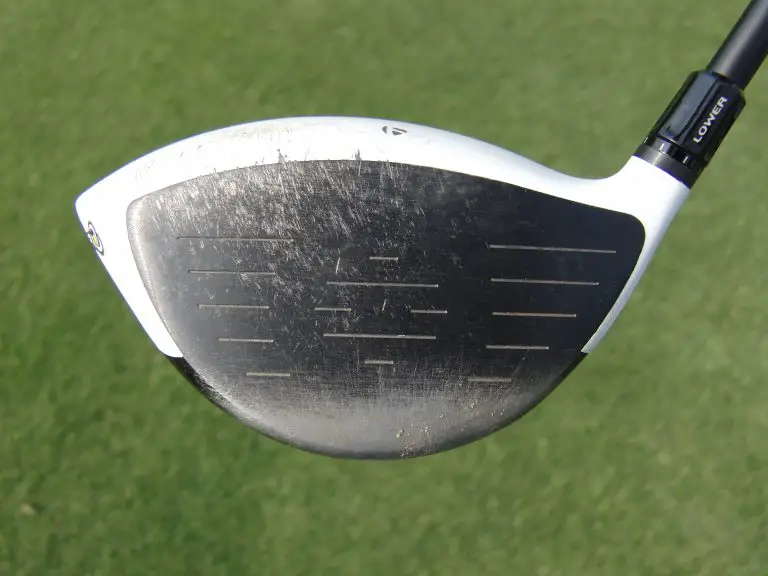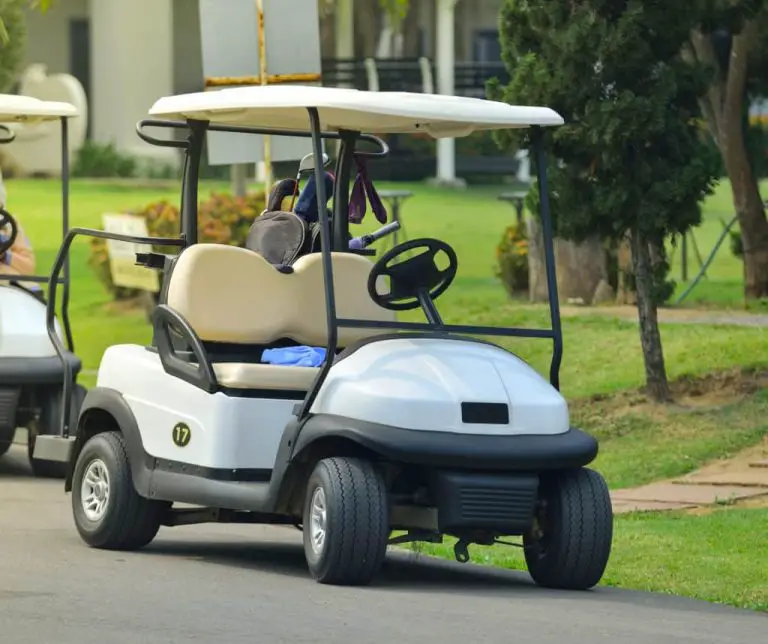Golf Cart Speed Sensor Troubleshooting
Golf carts are an essential mode of transportation on the golf course, and they can be a convenient way to get around a community or resort. They are quiet, efficient, and can navigate tight spaces with ease. However, like any vehicle, golf carts require maintenance to operate correctly. One common issue that can affect golf cart performance is a faulty speed sensor. The speed sensor is responsible for measuring the speed of the golf cart and relaying that information to the controller. When the speed sensor is not functioning correctly, it can lead to problems with the acceleration, power, and speedometer. In this article, we will discuss how to troubleshoot and fix common issues with golf cart speed sensors.
Troubleshooting a golf cart speed sensor may seem like a daunting task, but with the right knowledge and tools, it can be a straightforward process. This article will provide an overview of what a speed sensor is, the types of speed sensors used in golf carts, and the common symptoms of a faulty speed sensor. We will also provide a step-by-step guide to troubleshooting a faulty speed sensor, including preparatory steps, physical inspections, and testing. Additionally, we will discuss common issues that can affect the performance of a speed sensor and how to prevent them. By the end of this article, you will have a better understanding of how to troubleshoot and fix common issues with golf cart speed sensors, ensuring your golf cart operates at peak performance.

Golf Cart Speed Sensor Overview
Before we dive into the troubleshooting process, it’s important to understand what a speed sensor is and how it works. A speed sensor is a device that measures the rotational speed of a wheel or shaft and translates that information into an electrical signal. In a golf cart, the speed sensor is located on the motor and works with the controller to regulate the speed of the cart. There are several types of speed sensors used in golf carts, including Hall Effect sensors, Reed switch sensors, Magnetic pulse sensors, and Optical sensors. Each type of sensor works differently but serves the same purpose of measuring speed.
Symptoms of Faulty Golf Cart Speed Sensor
The following are some common symptoms of a faulty golf cart speed sensor:
- Loss of power: If your golf cart has less power than usual, it could be due to a faulty speed sensor. The controller may be receiving incorrect information from the sensor, leading to a decrease in power output.
- Jerky or uneven acceleration: A malfunctioning speed sensor can cause jerky or uneven acceleration. The controller may receive intermittent or incorrect signals, leading to an uneven response.
- Speedometer malfunction: If the speedometer on your golf cart is not functioning correctly, it could be a sign of a faulty speed sensor. The speedometer relies on the speed sensor to provide accurate information about the cart’s speed.
- Unusual sounds during operation: A faulty speed sensor can cause strange noises during operation. The sensor may be sending conflicting signals to the controller, leading to unusual sounds.
- Warning lights on dashboard: Some golf carts have warning lights on the dashboard that indicate a problem with the speed sensor. If you see a warning light, it’s essential to address the issue promptly.
Troubleshooting Golf Cart Speed Sensor
If you notice any of the above symptoms, it’s time to troubleshoot the speed sensor. The following are the steps to follow:
Preparatory Steps
Before starting the troubleshooting process, it’s important to perform some preparatory steps to ensure you’re working with a stable golf cart. These steps include:
- Checking battery voltage: Make sure the battery voltage is correct to avoid any power-related issues.
- Verifying tire pressure: Ensure that the tire pressure is correct to avoid any problems with acceleration or speed.
- Inspecting the brake system: Ensure that the brake system is working correctly and not causing any issues with the golf cart’s performance.
Physical Inspection
The next step is to perform a physical inspection of the speed sensor. This step involves:
- Checking connections: Check the connections between the sensor and the controller to ensure they are secure and not corroded.
- Examining sensor body: Inspect the sensor body for any signs of physical damage, such as cracks or chips.
- Inspecting wiring: Check the wiring leading to and from the sensor for any signs of damage or wear.
Testing the Sensor
If the physical inspection does not reveal any issues, it’s time to test the sensor. There are several ways to test a speed sensor, including:
- Using a multimeter: A multimeter can be used to test the voltage and resistance of the sensor.
- Conducting voltage tests: With the golf cart turned off, use a multimeter to test the voltage coming from the sensor. Compare the readings to the manufacturer’s specifications to determine if the sensor is functioning correctly.
- Conducting resistance tests: Use a multimeter to test the resistance of the sensor. Compare the readings to the manufacturer’s specifications to determine if the sensor is functioning correctly.
Replacement
If testing reveals that the speed sensor is faulty, it’s time to replace it. The following are the steps to follow:
- Removing the old sensor: Remove the old sensor from the golf cart by disconnecting the wiring and unscrewing it from the motor.
- Installing the new sensor: Install the new sensor by connecting the wiring and screwing it into place on the motor.
- Testing the new sensor: Test the new sensor using the same methods outlined in the testing section to ensure it’s functioning correctly.
Common Issues with Golf Cart Speed Sensors
There are several common issues that can affect the performance of a golf cart speed sensor, including:
- Corrosion: Corrosion can cause connections to weaken, leading to incorrect signals being sent to the controller.
- Loose connections: Loose connections between the sensor and the controller can cause intermittent or incorrect signals.
- Physical damage: Physical damage, such as cracks or chips in the sensor body, can lead to incorrect readings.
- Faulty wiring: Damaged or worn wiring can cause issues with the sensor’s performance.
Conclusion
In conclusion, a faulty speed sensor can cause several issues with a golf cart’s performance, including loss of power, jerky acceleration, and speedometer malfunction. If you notice any of these symptoms, it’s essential to troubleshoot the speed sensor promptly. The troubleshooting process involves performing a physical inspection of the sensor, testing it, and replacing it if necessary. Additionally, it’s important to be aware of common issues that can affect the sensor’s performance, such as corrosion, loose connections, physical damage, and faulty wiring. By following the steps outlined in this article, you can ensure your golf cart is operating at peak performance.





